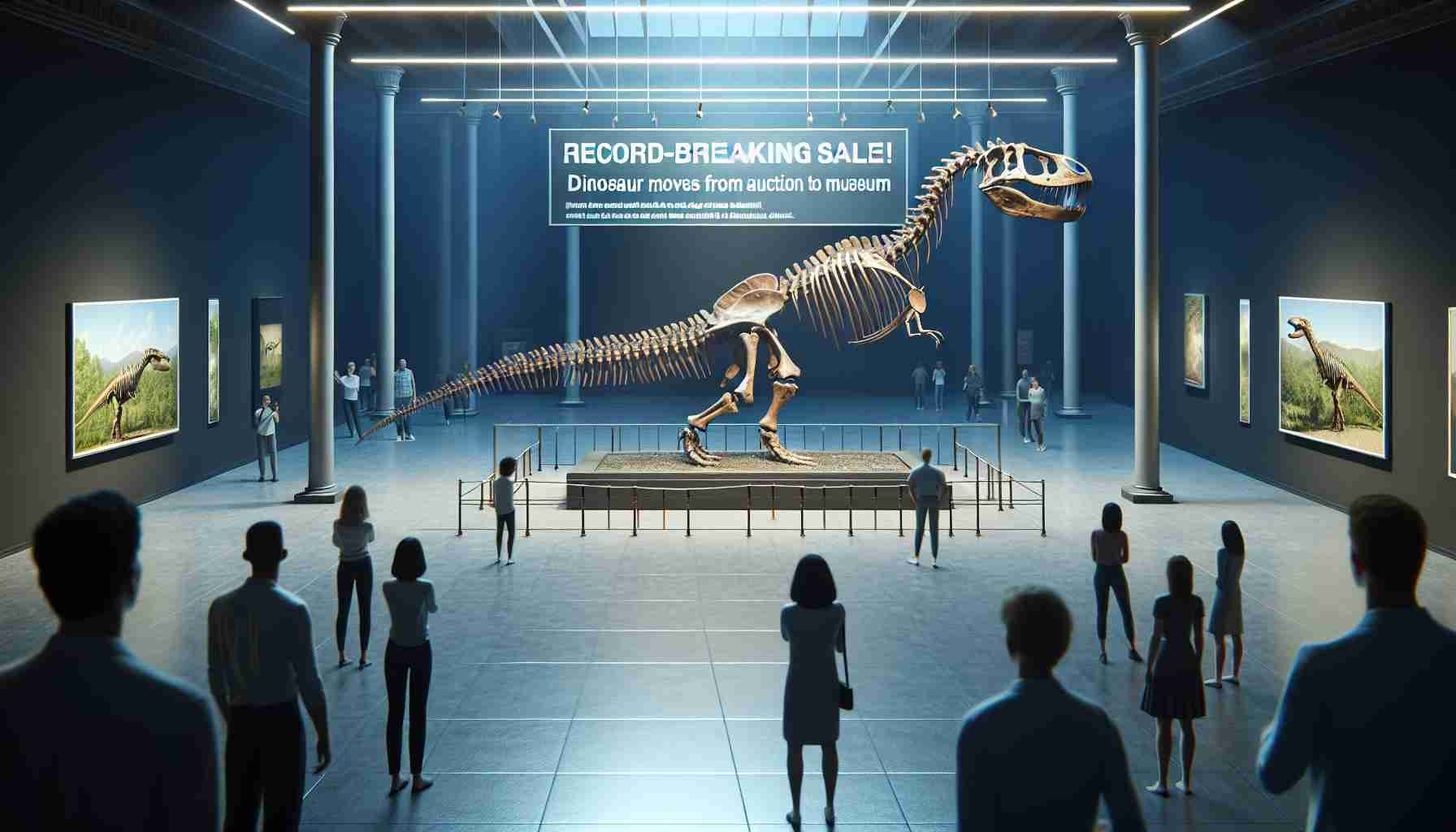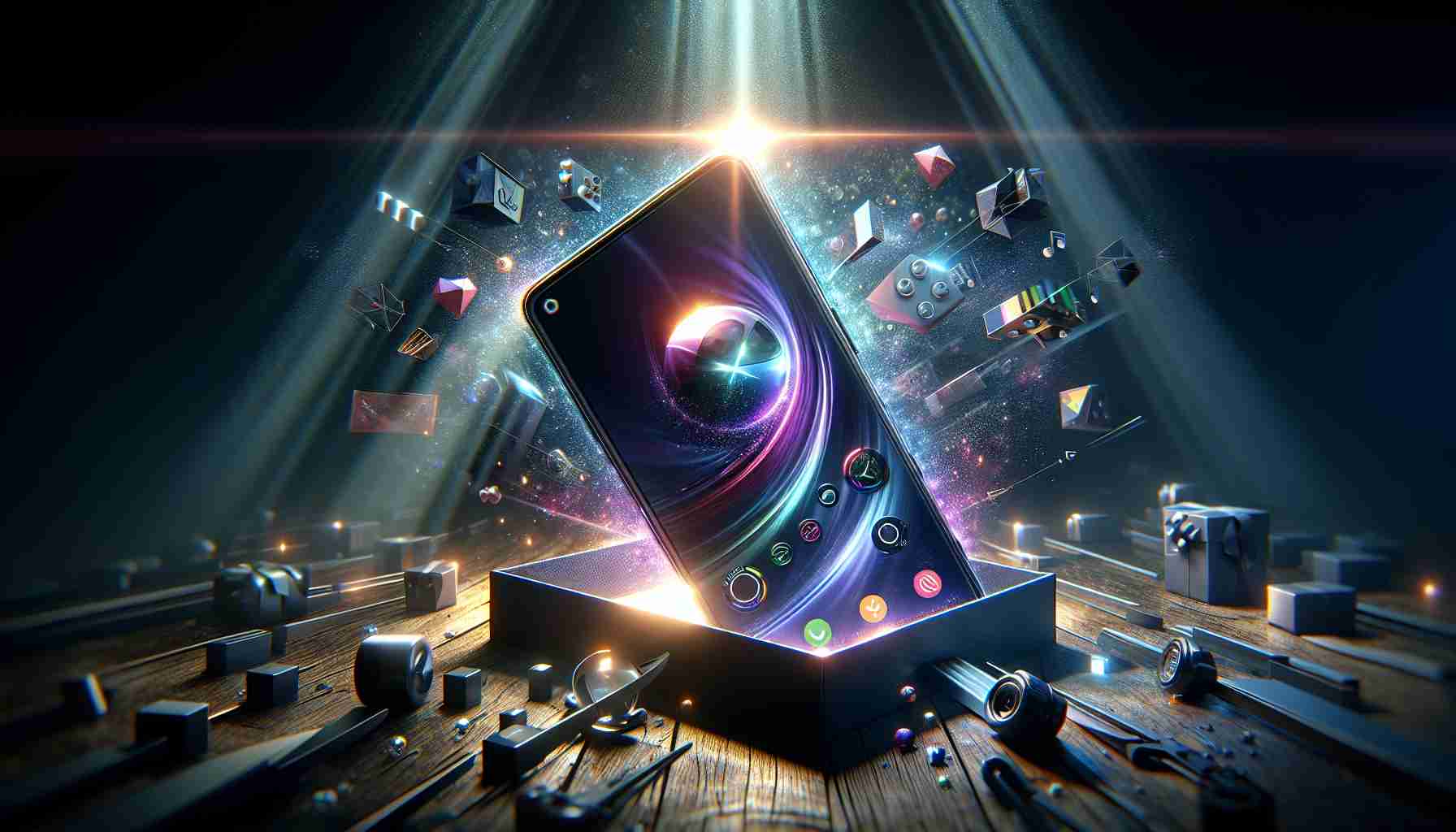In a remarkable event in France, the largest dinosaur skeleton ever auctioned in the country has been sold for a staggering 6 million euros. The auctions, held at the historical Château de Dampierre in the Yvelines, saw a giant apatosaurus skeleton up for grabs.
The buyer, who remains anonymous, is a passionate collector with plans to donate this fascinating piece to either a Belgian or French museum. The apatosaurus, known as Vulcain, is not only a significant acquisition due to its size—over 20 meters long and 4 meters high—but also because it represents a newly identified species within the apatosaurus family.
Olivier Collin du Bocage, an experienced auctioneer involved in the sale, expressed great enthusiasm about the impact of this transaction in the dinosaur market. The dinosaur’s sale is not just a commercial triumph; it is a significant milestone for the scientific community, potentially paving the way for future paleontological discoveries with the funds generated.
While this sale is impressive by French standards, it pales in comparison to a previous auction in New York, where a stegosaurus skeleton fetched over 44 million euros. Nevertheless, the French auction not only marks a historical point in national dinosaur auctions but also promises future scientific advancements when Vulcain finds its home in a museum. Here, it will continue to inspire and educate, bridging the past and present for audiences eager to learn about these magnificent creatures.
Secrets of the Jurassic: How Dinosaur Fossils Are Shaping Our Future
The auction of the giant apatosaurus skeleton in France isn’t just about a high-profile sale; it’s a doorway into the fascinating intersection of paleontology and modern technology. Let’s explore the potential of this ancient beast to influence our future.
The Fusion of Paleontology and Technology
Dinosaur fossils are more than historical artifacts; they are catalysts for innovation. The sale of Vulcain, while notable for its record-breaking bid, also heralds the advent of new technologies in fossil reconstruction. Advanced 3D printing and scanning technologies can now recreate fossils digitally, offering unprecedented opportunities for research and education without the risk of damaging the original specimens.
Intriguing Facts and Controversies
Did you know that the study of dinosaur movement and physiology is informing robotic design? Engineers look to the past to inform the future. For instance, dinosaur joints and locomotive mechanics are studied to improve the efficiency and stability of robotics designs.
However, there is controversy surrounding the commercial sale of dinosaur skeletons. Critics argue that significant fossils should remain within the scientific community, ensuring their accessibility for research and public exhibition. The potential for a private buyer to lock these specimens away is a point of contention in the scientific world.
Advantages and Disadvantages
One of the advantages of auctioning dinosaur fossils is the generation of funds that can be reinvested into research and excavation projects, potentially uncovering more hidden gems from Earth’s distant past. Furthermore, the allure of such specimens can spark public interest in paleontology, driving education and curiosity among younger generations.
On the downside, commercial sales can sometimes prioritize monetary gain over scientific value, leading to a loss of crucial data if fossils are not adequately documented before their sale. There’s also the risk that private collectors may not have the resources required for the proper preservation of such delicate finds.
Questions and Answers
How do paleontologists ensure that selling dinosaur fossils doesn’t hinder research?
Before a skeleton is sold, it is meticulously documented through high-resolution photography, 3D scanning, and detailed notes, preserving a digital twin for future study. Museums and research institutions often collaborate with private owners to study their collections.
Why are some dinosaur skeletons sold for much higher prices than others?
The value depends on the skeleton’s completeness, species rarity, and scientific importance. Additionally, market dynamics and the interest from private collectors or museums can significantly impact the final auction price.
For those fascinated by the links between ancient history and cutting-edge technology, the sale of Vulcain is just one of many stepping stones. Our partnership with these ancient giants may yet reveal secrets about our own evolutionary journey and technological future.
For more insights into paleontology and its impact on our world, visit Natural History Museum and Smithsonian Magazine. These resources offer a treasure trove of information for enthusiasts and scholars alike.























